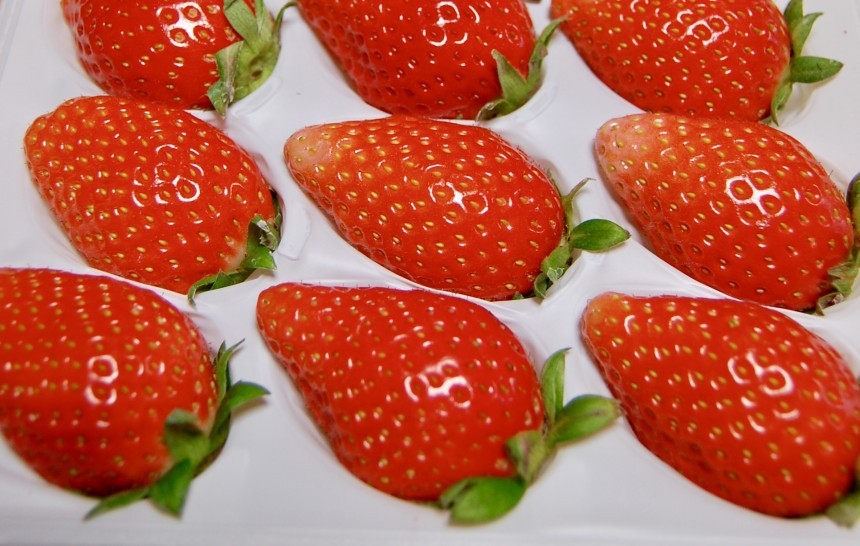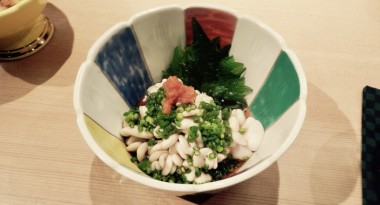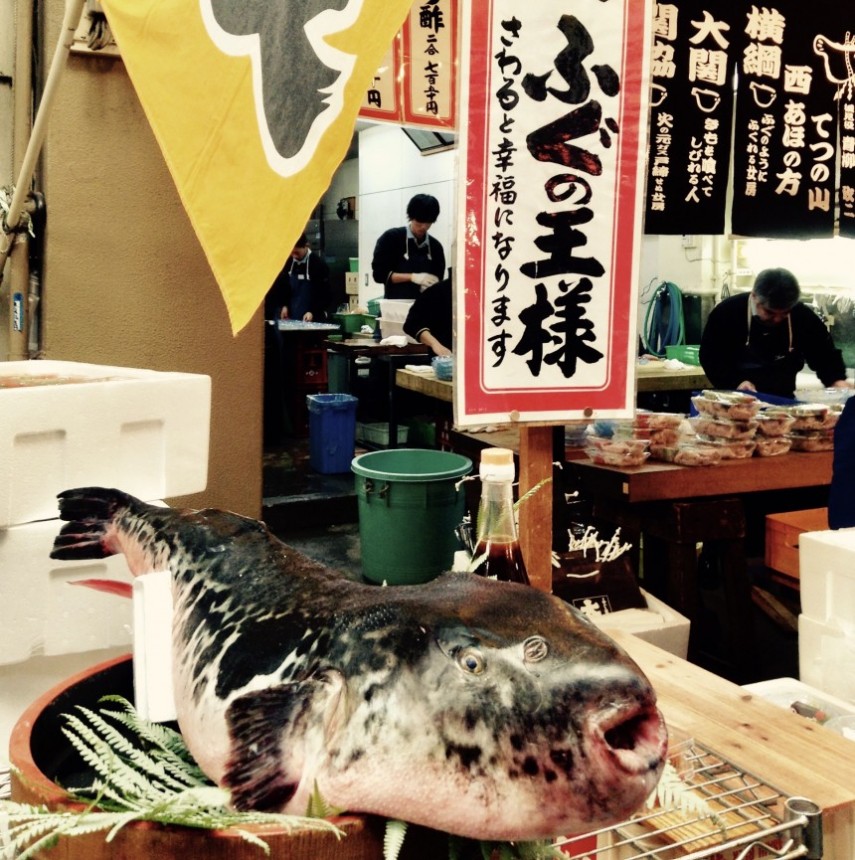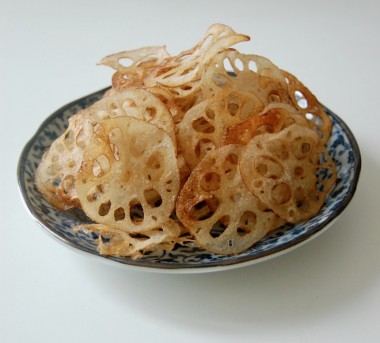
Winter’s bounty is surprisingly diverse in Japan. If you’re looking for seasonal seafood and produce to eat with the season, bookmark this list for your next shopping trip or dinner out.

Even saké has a season. This time of year seek out shinshu 新酒. This is nihonshu made from rice that has been harvested in autumn. Shinshu hasn’t had the time to mellow and come together, so expect lively and refreshing tastes. It pairs perfectly with the seasonal winter dishes.
While fishermen bundle up to keep warm while fishing, fish naturally fatten up to stay warm in icy-cold waters. Sashimi from this fattened fish almost melts in your mouth. Cooked in nabe (hot pots), the fat in this seafood enrichens the broth. Winter is also the time to eat items like ikura made from fresh salmon roe, as opposed to ikura that has been frozen and is available any time of year. Fans of shiokara (fermented squid guts) should indulge now, as it is also in season.
Here is a list of winter seafood to look out for:

甘鯛 Amadai – tilefish. A lovely whitefish with tender meat.
鰤 Buri – yellowtail. Look out for winter yellowtail from Himi Port, called kanburi 寒ブリ. Rich in fat and delicious as sashimi, it’s at its best when cooked in shabu-shabu.
河豚 Fugu – blowfish. Cut so thin for sashimi that the design of the plate can be seen through the flesh. Also prepared deep-fried or in a hot pot.
金目鯛 Kinmedai – splendid alfonsino. Pink-fleshed, with a hint of sweetness.
クエ Kue – longtooth grouper. A pricey fish with a rich texture, this makes a rich soup for hot pot.
鮪 Maguro – tuna. Available year-round, but the fattiest tuna is found now.
かき Kaki – oysters. My favorite is kaki furai (breaded and deep-fried oysters).
鯖 Saba – Pacific mackerel. Shimé saba is pickled with salt and vinegar and often cured with kombu (kelp).
秋刀魚 Sanma – Pacific saury. Look for a bright yellow color on the tip of the mouth for freshness. Excellent salted and grilled.
白子 Shirako – milt. Most commonly from cod fish, but the creamiest is from fugu (blowfish).
鯛 Tai – sea bream. Considered the king of the ocean, tai can be prepared in various dishes and is often served at celebrations as the name is felicitous, “omedetai”.
鱈 Tara – codfish. Excellent when marinated in sweet Saikyo miso for three days and grilled.

Winter vegetables include many that are perfect for nabe, like daikon, shungiku (chrysanthemum leaves), hakusai (Napa cabbage) and negi (leeks). Root vegetables include earthy gobō (burdock root), sweet potatoes and kabu (turnips). Renkon (lotus root) can be simmered, pickled, or my favorite, sliced thin and deep-fried into chips.
For fruit, citrus are a big player in winter. Start out with mikan (Satsuma mandarin), which are usually seedless and have a thin skin that is easy to peel. Other citrus to look for include oranges, ponkan, dekopon, and setoka. Super sweet apples will have a golden streak of sweet honey in the flesh. This is not actual honey, but an indication of the sweetness in the fruit called mitsu (honey). Another fruit, kaki (persimmons) are a crunchy winter treat. Finally, it is hard to miss all of the strawberries. These are grown in greenhouses, which is why we see them so early in the season. There are many varieties of strawberries like Amaou, Tochi Otome or Beni Hoppe. The white strawberries in the market are not unripe, that’s their natural hue.







